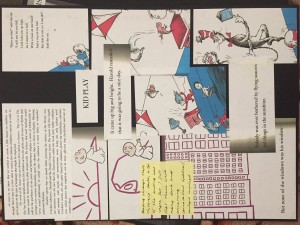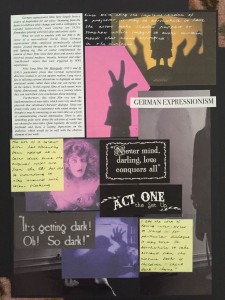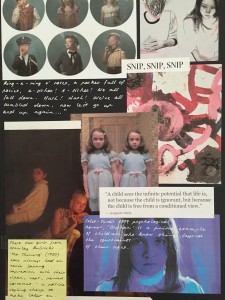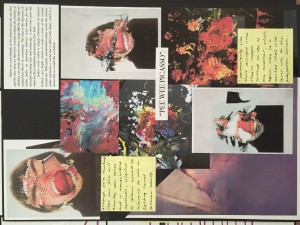In week 4 we saw some fantastic pitches. Not all got through but that is OK. This is the process we need to get used to as filmmakers. It’s not about having one good idea. Instead, it’s about a consistent and evolving creative practice and vision, and the ability to bring your collaborators along for the ride.
In week 5 we’ll be seeing some updated and revised pitches and getting an update on those projects that got greenlit.
Have a look at some of the great presentation preparation and research. The following mood boards helped us get the tactile feeling and approach of this expressionist short… Enfants Curieux
TIM – pdf of the pitch for ‘The Melancholy Tale of a Sad, Dark, Brooding Fan’
FamilyPortrait – pdf for the pitch for ‘Family Portrait‘
Finding Love in Hell PITCH – pdf for the pitch for ‘Finding Love in Hell‘
Remember:
- Think about who you are and what it is that needs to leap out of your mind and into the mind of the audience.
- Start simple.
- Research, read, watch, listen and grow the idea.
- Find the ear!
- Find a way to pitch the idea and bring along your team.




